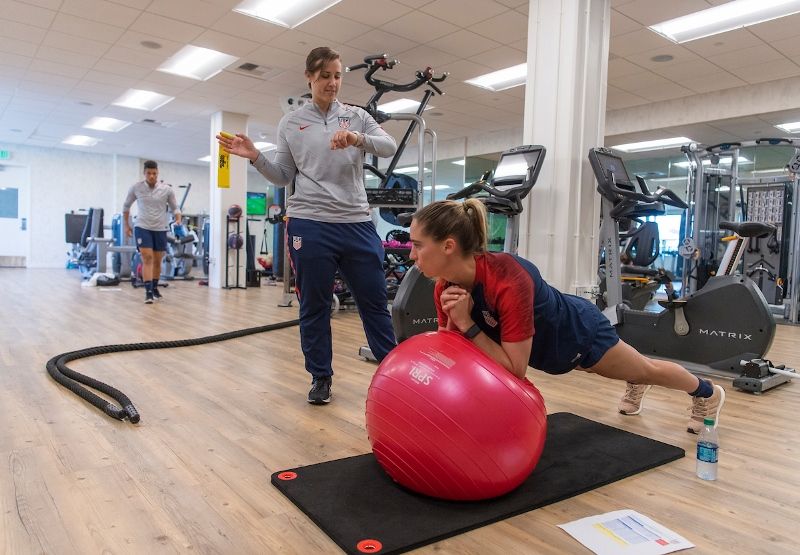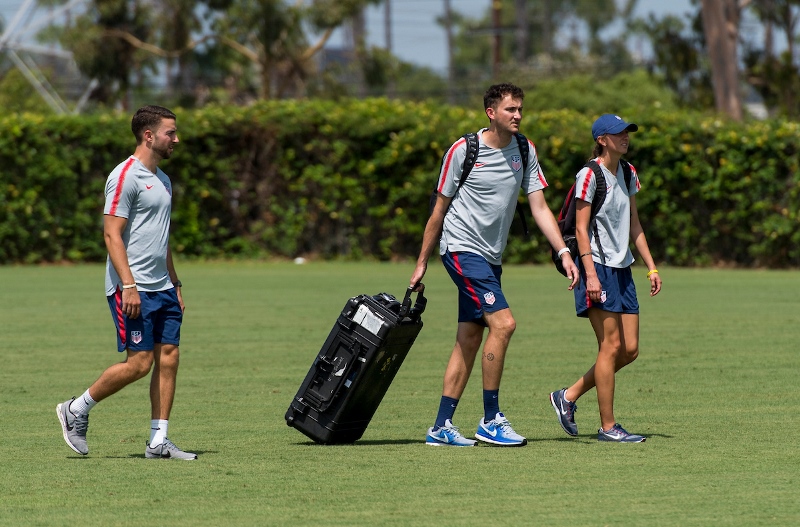U.S. WNT Benefits from Expanded High Performance Department
The staff of the world’s top-ranked Women’s National Team are not resting on their laurels. As the U.S. Women’s National Team continues preparation for October’s 2018 CONCACAF Women’s Championship, which will serve as the World Cup qualifying tournament, the players will do so with the support of a newly-created, dedicated High Performance support team that consists of full-time experts in the fields of sports medicine, sports science and performance analysis to assist players and coaches on a year-round basis.







